An often painful yet necessary step in visualization is to get your data in the right format. Arquero, from the University of Washington Interactive Data Lab, aims to make this part of the process easier:
Arquero is a JavaScript library for query processing and transformation of array-backed data tables. Following the relational algebra and inspired by the design of dplyr, Arquero provides a fluent API for manipulating column-oriented data frames. Arquero supports a range of data transformation tasks, including filter, sample, aggregation, window, join, and reshaping operations.
Before working with JavaScript, I almost always end up in R or Python to get the data where it needs to be. I’m curious if this’ll help streamline the process, if just by a bit.






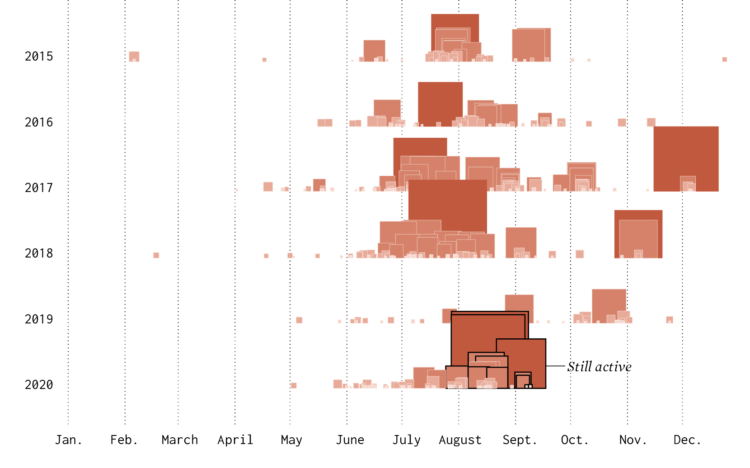
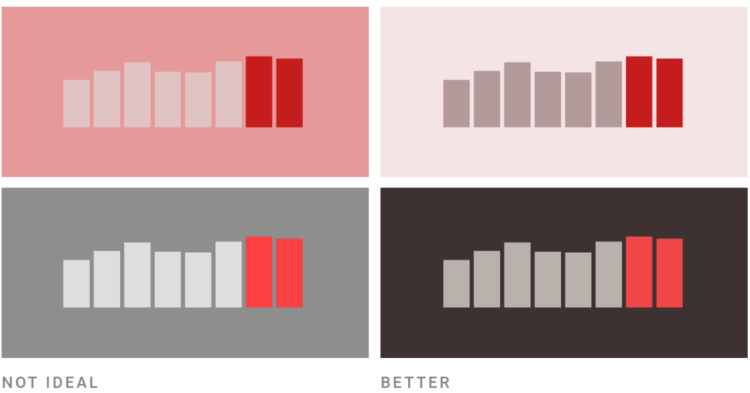


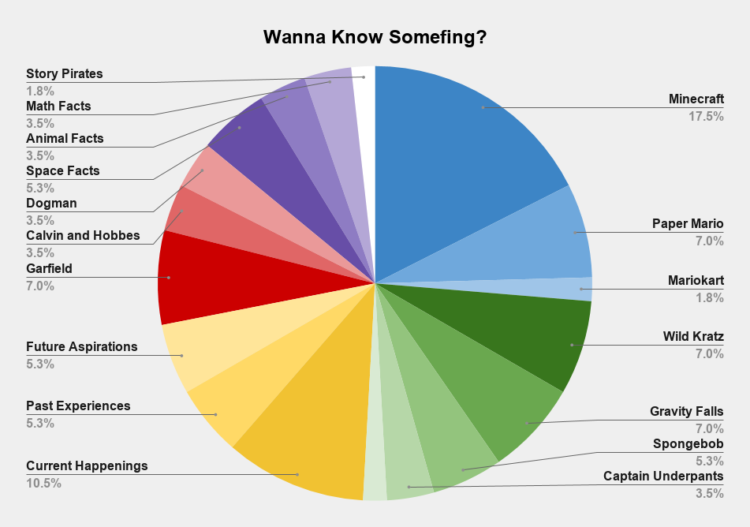
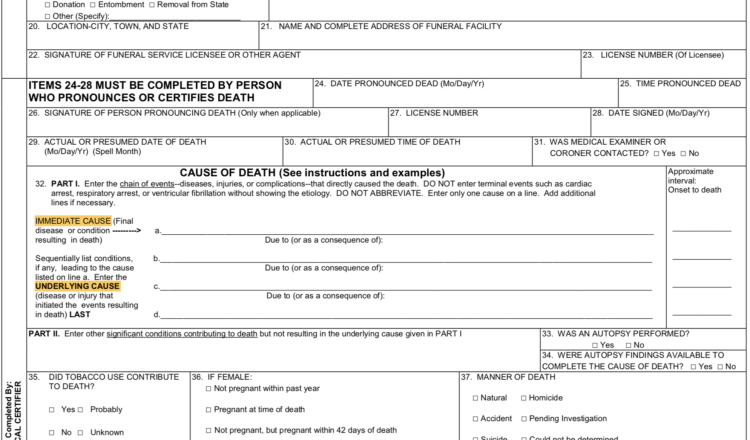
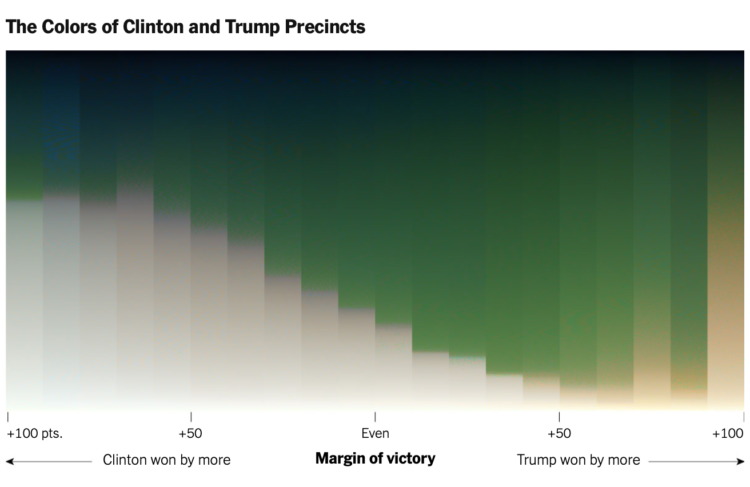

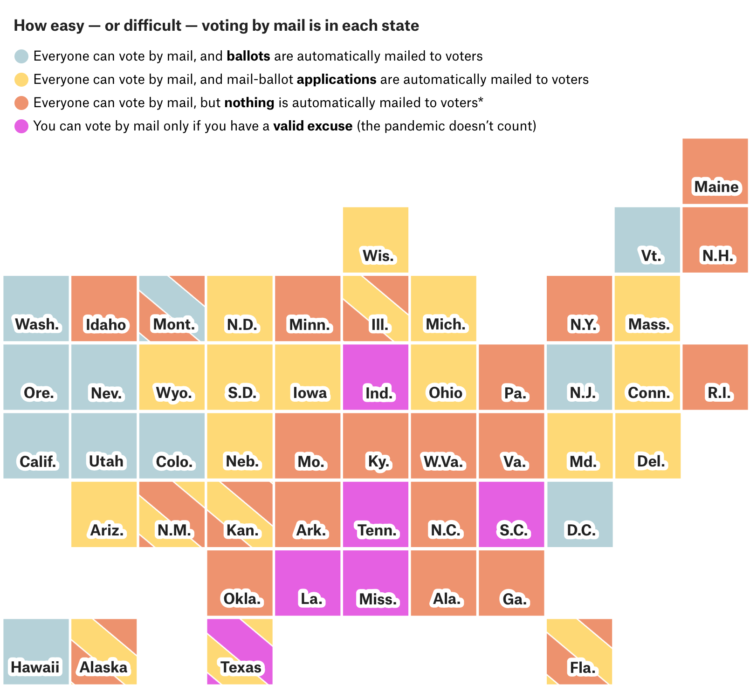

 Visualize This: The FlowingData Guide to Design, Visualization, and Statistics (2nd Edition)
Visualize This: The FlowingData Guide to Design, Visualization, and Statistics (2nd Edition)










